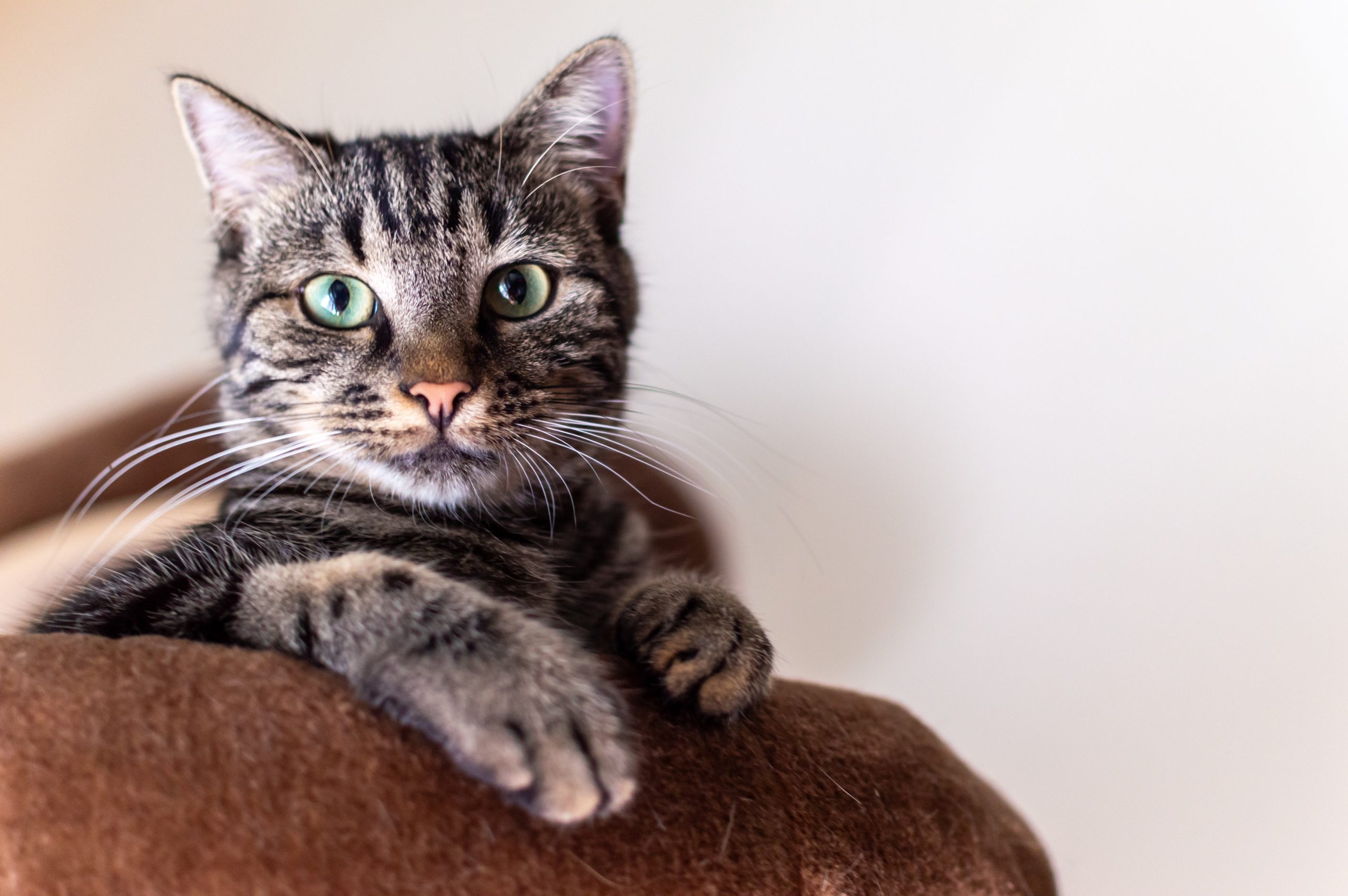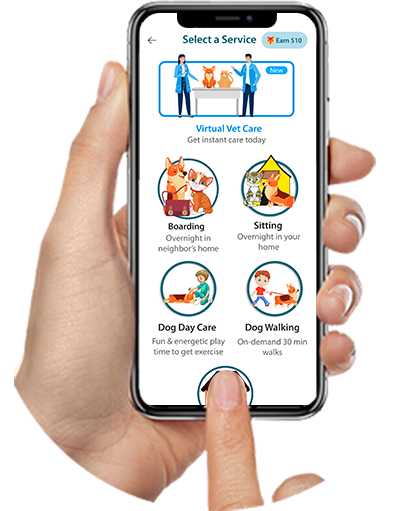Feline Calicivirus is a highly contagious and widespread viral infection that affects domestic cats and wild cats as well. This resilient virus is a leading cause of upper respiratory infections and oral disease in felines worldwide. Feline Calicivirus poses a significant health risk to cats of all ages, making it crucial for pet owners and veterinarians to understand its transmission, symptoms, and prevention measures.
Transmission and Spread
The highly contagious nature of Feline Calicivirus has an ability to spread through multiple routes and persist in the environment. Direct contact with an infected cat poses a significant risk, as the virus is present in respiratory secretions like nasal discharge and saliva, as well as in oral fluids. Merely sneezing or coughing can result in the transmission of the virus, facilitating its airborne transmission, especially in enclosed spaces shared by multiple cats.
Indirect transmission is also a major concern. Shared resources like food and water bowls, litter boxes, bedding, and grooming tools can be potential reservoirs for the virus. Cats can easily contract the infection by coming into contact with these contaminated surfaces or ingesting contaminated food or water.
Airborne transmission with the virus’s ability to survive on surfaces and its resistance to many disinfectants, contributes to the highly contagious nature. Prevention measures must address all potential transmission routes to mitigate the risk of infection in feline populations.
Symptoms and Clinical Signs
The clinical signs of Feline Calicivirus can vary in severity, ranging from mild respiratory symptoms to severe oral and systemic complications. Common symptoms include:
- Upper respiratory tract infections: Sneezing, nasal discharge, conjunctivitis, and fever
- Oral lesions: Ulcers on the tongue, gums, and roof of the mouth, leading to excessive drooling and reluctance to eat
- Pneumonia: In severe cases, Feline Calicivirus can progress to pneumonia, causing difficulty breathing and increased respiratory distress.
While most cases of Feline Calicivirus are self-limiting and resolve within 10-14 days, some infected cats can become chronic carriers, shedding the virus intermittently and serving as a source of infection for other felines.
Diagnosis and Treatment Advices
Diagnosing Feline Calicivirus typically involves a combination of clinical signs, history of exposure, and laboratory testing. Veterinarians may perform various tests, including:
Treatment for Feline Calicivirus is primarily supportive, as there is no specific antiviral therapy available. Veterinarians may prescribe medications to manage symptoms, such as:
- Antibiotics to prevent secondary bacterial infections
- Anti-inflammatory drugs to reduce fever and inflammation
- Fluid therapy to combat dehydration
- Pain management for severe oral lesions or joint inflammation
Prevention and Control
Implementing a prevention strategy is essential for controlling the highly contagious Feline Calicivirus in environments with multiple cats, such as households, shelters, and breeding facilities. While no single measure is foolproof, a combination of approaches can significantly reduce the risk of transmission.
Prompt isolation and quarantine of infected cats are also critical steps in preventing further transmission. Separating sick cats from healthy ones, ideally in a dedicated isolation area, can effectively break the chain of transmission and protect the uninfected population.
Maintaining hygiene protocols is another key component for prevention. Regular cleaning and disinfection of contaminated areas, such as litter boxes, bedding, and surfaces, using appropriate virucidal agents, can help eliminate the virus from the environment. Proper waste disposal and frequent hand-washing by caretakers are also crucial in preventing the spread of the virus.
Population management strategies are particularly important in multi-cat facilities. Controlling the introduction of new cats into an existing population and limiting overcrowding can reduce the risk of disease transmission. Quarantine protocols for newly admitted cats and regular health checks can help identify and isolate potential carriers before they infect the resident population.
Responsible pet ownership, including regular veterinary check-ups and prompt treatment of sick cats, plays a vital role in controlling the spread of theVirus. Early detection and appropriate management of infected cats can minimize viral shedding and prevent further transmission within the household or facility.
By implementing a comprehensive prevention strategy that combines vaccination, isolation and quarantine, strict hygiene protocols, population management, and responsible pet ownership practices, veterinarians and cat owners can effectively ensure the impact of Feline Calicivirus and safeguard the health and well-being of feline populations.
Conclusion
Feline Calicivirus is a highly contagious and persistent viral infection that poses a significant threat to feline health. Its ability to cause respiratory, oral, and systemic complications underscores the importance of early detection, proper management, and preventive measures. By implementing effective vaccination protocols, maintaining strict hygiene practices, and promptly isolating infected cats, veterinarians and pet owners can work together to mitigate the impact of this widespread feline pathogen and safeguard the well-being of our feline companions.




 On demand visits for urgent issues 24/7
On demand visits for urgent issues 24/7 









